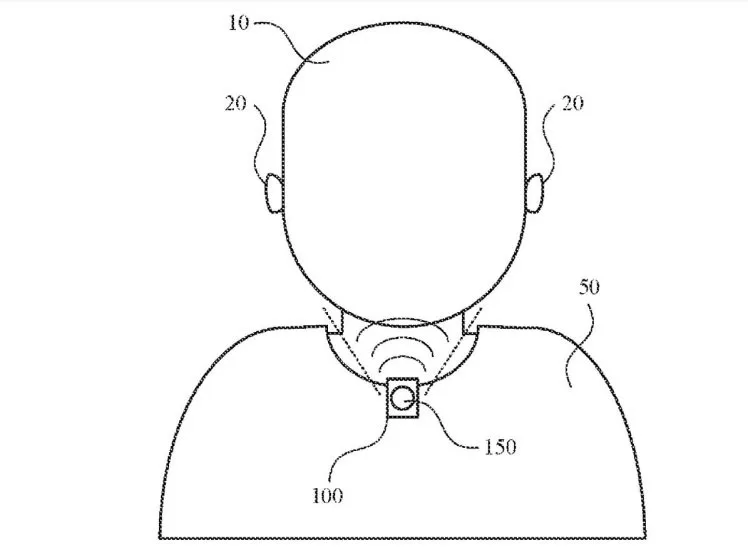Table of contents
More on Kubernetes, DevOps and CI/CD
The declarative description of infrastructure using infrastructure-as-code tools has prevailed, the market already seems divided. Whether Terraform or cloud development kits such as AWS CDK, Azure Bicep or Pulumi: It is simply described in code which components your own application requires, and these are then provisioned. In most cases, however, this requires learning a new tool or language.
Jonas Hecht

Jonas Hecht is Senior IT Consultant at codecentric.
This is exactly where the Crossplane open source project comes in. The program has been in the incubating status of the Cloud Native Computing Foundation (CNCF) since the end of September 2021 and looks at the world through Kubernetes glasses: All infrastructure is to be described in Crossplane using the Kubernetes API. Although Crossplane itself is based on Kubernetes, it can also provision infrastructure that is not based on Kubernetes.
To achieve this, Crossplane Kubernetes Custom Resource Definitions (CRD) a. These expand the well-known Kubernetes API from pods, services and deployments with additional resources that directly represent the infrastructure to be provisioned. Such resources can be an AWS S3 bucket, an AKS cluster, an internet gateway, or a subnet. Since Kubernetes is often associated with the term cloud-native, one could speak of Crossplane as a cloud-native GitOps tool. And if the team is already familiar with the Kubernetes API, they don’t need to learn a new language.


